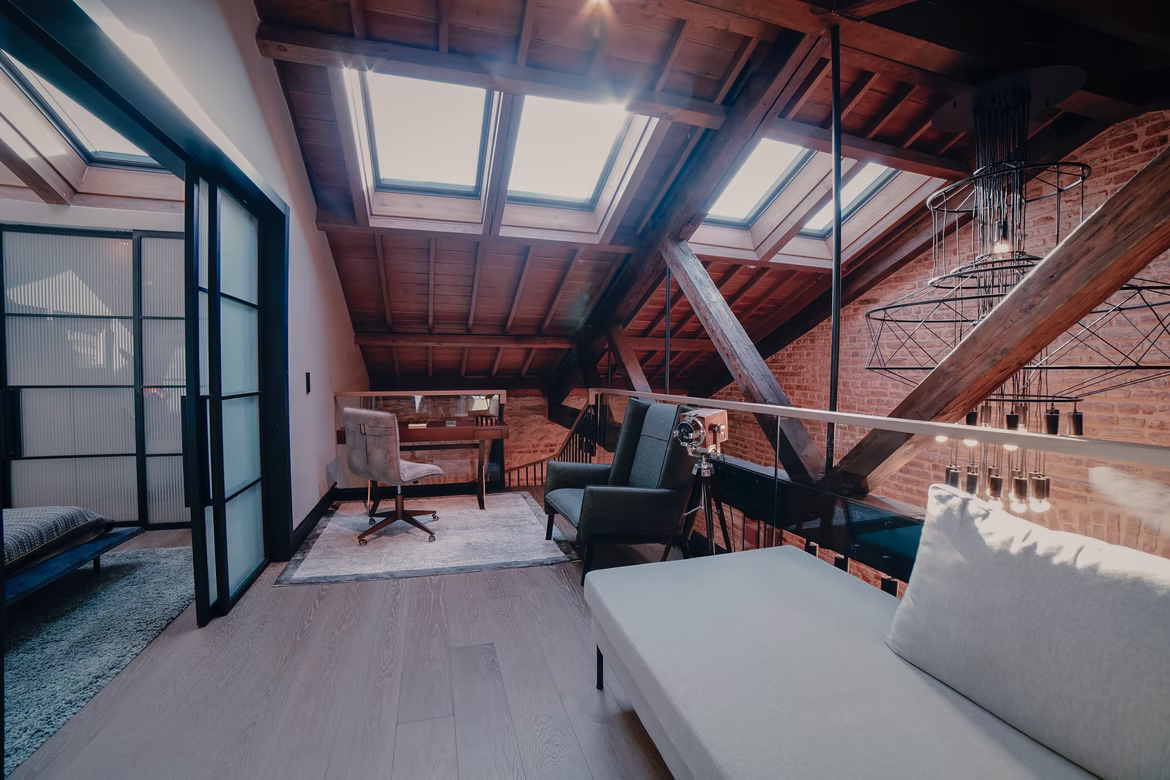All You Need To Understand About Attic Access Doors
It is now a typical feature for most residential or commercial buildings to have attics. Having one poses some challenges to temperature control because heat and the moisture that comes along with it travels upward. If you don't know how to seal the attic space, it may cause some difficulties, but it will also be challenging if it doesn't have access for maintenance and other purposes.
Due to this need for access and temperature control, most of the buildings you see today have ceiling and attic access doors and panels that function as separators for the roof spaces and below. It prevents heat loss and moisture buildup in the upper areas. However, some residential or commercial people still don't have attics, ignoring the heat loss and air leaks these areas may give.
Furthermore, when attic hatches are not adequately insulated or maintained, they might influence the proper general operation of the structure and space. An attic hatch is commonly found in walk-in closets or corridors, although it serves the same purpose of providing access to attic space regardless of its location.
These are the things you need to understand about these installations:
Types of Attic Access Doors
There are several types of attic access doors that you can find. Here are the ones you should know about:
#1. Spring-loaded attic access door: You can find the pull-down stair type typically provided in some structures. Due to its spring-loaded design, you can quickly push out the steps by pushing it up and pulling a neighboring rope. These steps are primarily out of wood or metal and folded in and out for convenience. Although this style of attic access door resembles a standard attic hatch, it is more practical due to the built-in ladder.
#2. Knee-wall attic access door: A knee-wall attic access door is another option for getting into the attic. Instead of being a ceiling mount, this door style usually is at mid-height setting mounted on a short, vertical wall. These attic access doors are typically in a tiny room on the top level of the building and utilized as a loft, storage area, or even a bedroom. The ceiling in this space is usually slanted.
#3. Simple attic hatch: A scuttle hole is another name for this type of attic access door, which is exceptionally prevalent in residences. The most popular and extensively utilized attic entrance by homeowners is a primary attic hatch. It is a detachable portion of the ceiling that is often rectangular or square. The homeowner would quickly push up on this ceiling cut-out and shift it to the side to access the attic. The primary attic also comes with a ladder. You will need it to enter the space after the access door is open and out of the way.
Security and Insulation
One consideration for attic access doors is the quantity of insulating material. It makes little difference what door is in the attic; with no insulation, many buildings lose heat through the gap. As a result, it is advisable to have some insulation, such as weather stripping and foam board. It's also worth remembering that the process for installing such insulation aids varies based on the door type.
When considering an attic access door, another factor that you may want to ponder is the amount of security. Fortunately, you may fit every type of attic door with a homeowner or building owner lock. It is suitable for entries on the outside walls of both commercial buildings and residences. It's also crucial to understand door possibilities to select the best attic access door and make the most of what an attic offers.
Maintenance
Aside from purchasing the appropriate attic hatch, it is also critical for its installation to be correct. When warm air goes through a vent, and an access door or panel does not have proper installation, it can result in condensation. It's also essential to check for drafts and ensure no mildew, unpleasant dampness, or pest infestation once the attic access door installation is complete.
Given the location of the attic, regular upkeep is incredibly essential. Infestations from pests and molds may impact the attic since it is difficult to reach and where people rarely visit, which is true in commercial or residential property. It is the reason why regularly maintaining attic access panels is critical.
Purchasing the Access Door that Fits You
When choosing an attic access door, there are so many possibilities that it might be overwhelming. Remember that a decent attic hatch will have a weatherstrip around the outside to provide adequate insulation. It reduces any heat loss from the interior while also preventing any air from entering.
If you select an attic access door, it is essential to collect accurate dimensions and consider other external factors, such as maintaining the proper temperatures within the attic and in the surrounding area. One approach to help with this issue is to have sufficient ventilation and roofing insulation.
Mold and mildew may grow in an attic lacking sufficient ventilation, insulation, or even a proper hatch. If the infestation gets serious, buying the wrong attic access door or failing to maintain the attic may significantly influence the area and potentially one's health.
Never underestimate the value of quality advice coming from a licensed professional. If you need an access door for your building, always consider getting solid counsel from someone reputable with a proven track record. Remember what a suitable access door and panel can do to your building space.


